Sparassis, the Elusive Cauliflower Mushroom
February 27, 2014 | Updated January 15, 2024
As an Amazon Associate I earn from qualifying purchases.
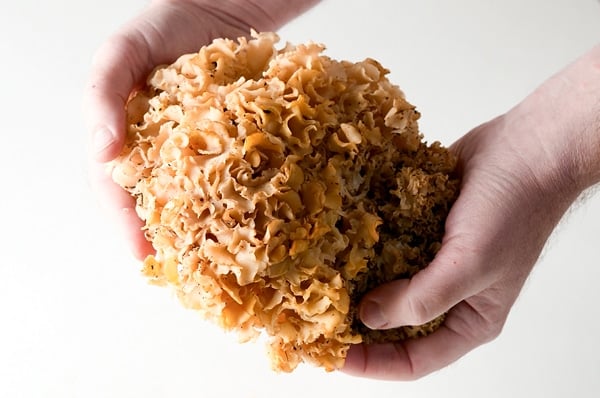
Sparassis. Cauliflower mushroom. Queen of the forest. A one-mushroom party. Big, easy to identify, delicious. What’s not to love?
If this sounds too good to be true, it is. The cauliflower mushroom, as S. crispa is commonly called out here, is devilishly hard to find. I’ve walked whole seasons here in California without finding one. But walk you must, because this mushroom is a loner.
The silver lining is that cauliflower mushrooms come up in the same spot year after year, so mark your GPS or mental map. Also mark your calendar because you won’t want to miss your chance.
The sparassis I am holding in the picture above is half of one my friend Eric and I found on California’s North Coast. I’ve returned to this spot several times this season, but our drought had been so severe I thought I might never see it again. Thankfully we’re now getting some serious rain, so I can only hope to see it sprout soon.
Typically cauliflower mushrooms pop between December and early March here in California. It’s a bit earlier in the Pacific Northwest; my friend Langdon Cook tends to find them in October and November up in Washington. There is an Eastern variety of sparassis, too: S. spathulata, that you can find as early as July and as late as October. You can find a variety of sparassis in Europe, too.
That’s the when. The “where” is at the base of a tree. Sparassis is a saprobe, a parasite that leeches off particular kinds of trees. In the West it will be pines — mine’s under a Bishop pine — and in the East look at the base of hardwoods. The mushroom seems to prefer older trees that are a little beat down; my sparassis is under a pine with a trunk about two feet wide with a bunch of storm-broken limbs.
What you’re looking for is a large, ivory-to-yellow clump. How large? A gigantic one can weigh a full 100 pounds, but most are between a pound and 10 pounds. They burst up from under the pine duff and really shine in a dark wood.
Identification is super easy. Langdon has the best analogy: Imagine a big batch of egg noodles that you left in a colander overnight. That is exactly what a sparassis looks like. There are no poisonous look-similars.
Cut the mushroom at the ground level and shake it upside down to dislodge random pine needles, woodland creatures and whatnot. Take it home and refrigerate it for up to a week, covered in a paper towel or cloth in a plastic container. The edges will yellow as the cauliflower mushroom ages, but it will still be OK.
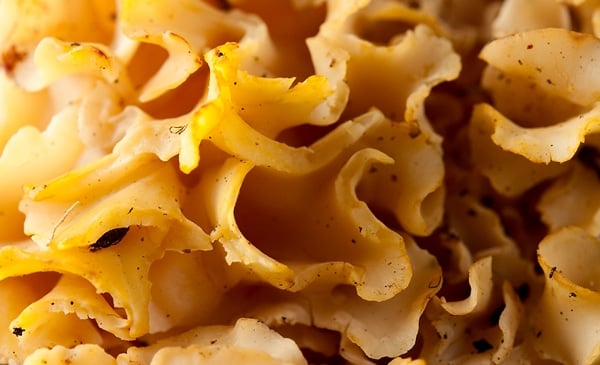
Once you are ready to cook your sparassis, you will need to grab your favorite adult beverage and get to cleaning. All those folds trap ungodly amounts of debris — and gird your loins for millipedes and earwigs leaping out at you. How do I do it? I cut the mushroom into chunks and dunk them into a big bowl of cold water. Cauliflower mushrooms don’t absorb a lot of moisture easily, so fear not. Slice off any gnarly looking bits and lay the good pieces on a cloth to dry.
How to cook them? Cauliflower mushroom is the ultimate soup mushroom. It’s essentially a cross between an al dente egg noodle and a mushroom. It has a mild flavor a lot like a morel mushroom that happens to go very well with red meats.
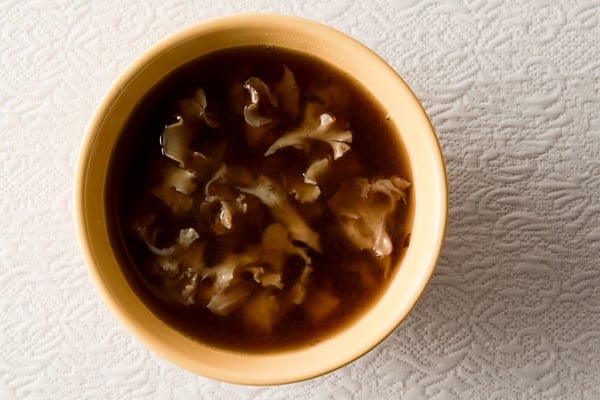
Lang likes it with beef pot roast, but he also pickles them. A lot of people will sauté them like any other mushroom, but I think they need some time to cook properly. (If you get more than you can eat in a few days, my advice is to cook them first, then freeze.)
Looking for more info about finding and cooking wild mushrooms? I have a huge selection of mushroom recipes here.
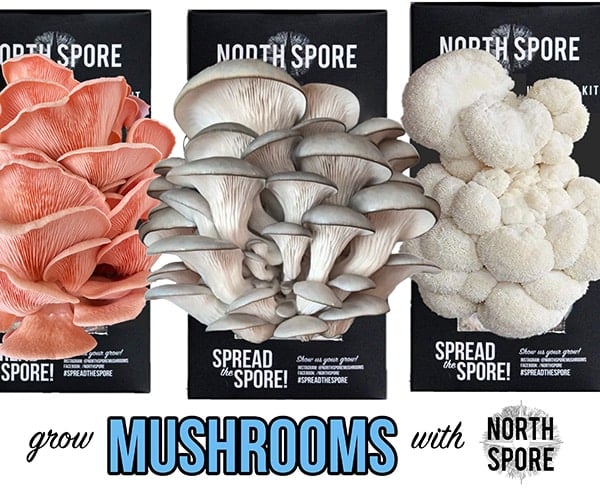


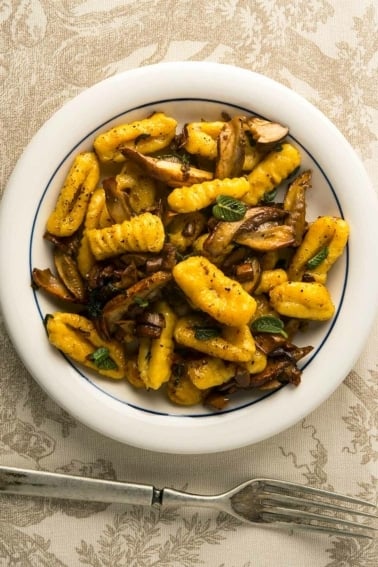


GREAT to hear they are tasty! Just found a nice clump….the FIRST I have ever found in 50 years of tramping Forests!
I live in northwest florida and I think I have a big stand of these on my property. I’m a little shy about picking and eating wild mushrooms. Your article really helped build the courage to pick and eat. Thank you!
I just found and ate my first ever cauliflower mushroom! My book said fry in butter and season, sprinkle with chopped parsley. That’s my sort of recipe and is very nice. I am in West Wales and the mushroom was at the base of a Monterey pine.
I’m in eastern CT, I’ve found 1 last season and 2 this year, all in late sept. I haven’t encountered anyone else that has found any.I sautéed last years in olive oil and salt with an unremarkable result.I dehydrated my first find and Will steep The latest in simmering beef broth then combine with sautéed ground beef topped on baked potato.
Thanks for explaining about this. I foraged some Sparassis spathulata yesterday (the east coast one – not frilly, but flat interconnected sheets). It just found its way into a nice stir fry, and the rest is frozen and ready to go when I’m in the mood for this.